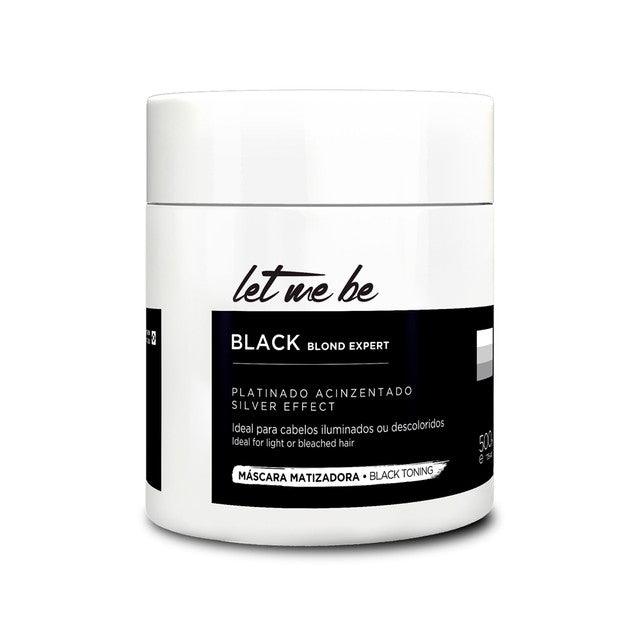Frizz hair? Learn all about it

Are you tired of dealing with frizz hair? You're not alone. Many people in the United States struggle with this common hair issue, especially in humid weather. In this blog post, we’ll explore effective strategies for managing frizz hair and ensure you achieve smooth, sleek locks.
Understanding Frizz Hair
Frizz occurs when hair strands are raised or broken, causing them to look unruly. It can be influenced by several factors, including humidity, hair type, and damage. Understanding these elements is key to effective frizz management.
Common Causes of Frizz Hair
Humidity: High moisture levels in the air can cause hair to swell and frizz.
Damage: Over-processing from coloring, heat styling, or harsh treatments can weaken hair, making it more prone to frizz.
Hair Type: Curly and straight hair types are more susceptible to frizz due to their unique structural characteristics.
The spiral structure of curly hair often results in a more porous surface. This implies that the cuticles, the outermost layer of the hair strand, can lift more readily, permitting environmental moisture to infiltrate the hair. When humidity levels increase, this moisture causes the hair to bloat and the curls to enlarge, resulting in a frizzy look. Moreover, the scalp's natural oils struggle to navigate the twists and turns of curly hair, potentially leading to dryness and further frizz.
Conversely, straight hair, although generally more sleek, can also suffer from frizz, especially if it is thin or damaged. The configuration of straight hair facilitates a more even distribution of oils, but exposure to humidity can still cause the cuticles to lift, resulting in a coarse texture. Elements such as heat styling, chemical procedures, and environmental stress can weaken the hair's cuticle layer, making it more susceptible to frizz.
Both hair types can profit from specific care routines and products aimed at fighting frizz. For curly hair, the use of hydrating shampoos and conditioners, along with leave-in treatments and curl creams, can aid in maintaining moisture and defining curls. For straight hair, the inclusion of smoothing serums and anti-frizz sprays can assist in sealing the cuticle and achieving a polished finish. Recognizing the structural variances between curly and straight hair is crucial for devising effective hair care tactics to reduce frizz and boost overall hair health.
Damage: Over-processing from coloring, heat styling, or harsh treatments can weaken hair, making it more prone to frizz.
Hair Type: Curly and straight hair types are more susceptible to frizz due to their unique structural characteristics.
The spiral structure of curly hair often results in a more porous surface. This implies that the cuticles, the outermost layer of the hair strand, can lift more readily, permitting environmental moisture to infiltrate the hair. When humidity levels increase, this moisture causes the hair to bloat and the curls to enlarge, resulting in a frizzy look. Moreover, the scalp's natural oils struggle to navigate the twists and turns of curly hair, potentially leading to dryness and further frizz.
Conversely, straight hair, although generally more sleek, can also suffer from frizz, especially if it is thin or damaged. The configuration of straight hair facilitates a more even distribution of oils, but exposure to humidity can still cause the cuticles to lift, resulting in a coarse texture. Elements such as heat styling, chemical procedures, and environmental stress can weaken the hair's cuticle layer, making it more susceptible to frizz.
Both hair types can profit from specific care routines and products aimed at fighting frizz. For curly hair, the use of hydrating shampoos and conditioners, along with leave-in treatments and curl creams, can aid in maintaining moisture and defining curls. For straight hair, the inclusion of smoothing serums and anti-frizz sprays can assist in sealing the cuticle and achieving a polished finish. Recognizing the structural variances between curly and straight hair is crucial for devising effective hair care tactics to reduce frizz and boost overall hair health.
High-Performance Products for Frizz Control
To achieve optimal results in taming frizz hair, invest in high-performance products specifically designed for frizz control. Here are some key ingredients to look for:
LANA BRASILES SHAMPOO INCELLER - 250 ml
LANA BRASILES CONDITIONER INCELLER - 250 ml
ANA PAULA CARVALHO DTOX 200ML
Leave-In Conditioner: Provides extra hydration and helps in detangling, especially for dry hair
-
Anti-Frizz Serum: A lightweight serum can seal the cuticle and provide a smooth finish.
Best Frizz Control Products
When searching for the best frizz control products, consider options that are highly rated for their effectiveness. Look for:
- Frizz Control Creams: Formulated to smooth hair and provide lasting hold.
Elixir 12 Oils Finishing Hair Oil 60ml
- Hair Masks: Weekly treatments can deeply nourish treated hair and repair damage.
Let me be, Black Blond Up
Tips for Managing Frizz Hair
Choose the Right Hair Care Routine: A consistent routine with high-quality products can significantly reduce frizz.
Heat Protection: Limit the use of blow drying and heat styling tools. When you do style with heat, always use a heat protectant to shield your hair strands.
Opt for Microfiber Towels: Traditional towels can rough up the cuticle, leading to more frizz. Microfiber towels are gentler and absorb moisture without causing damage.
Use a Wide-Tooth Comb: Detangle your wet hair with a wide-tooth comb to prevent breakage and reduce frizz.
Consider Hair Treatments: Regular deep conditioning treatments or keratin treatments can help smooth frizz and restore moisture to dry hair.
Heat Protection: Limit the use of blow drying and heat styling tools. When you do style with heat, always use a heat protectant to shield your hair strands.
Opt for Microfiber Towels: Traditional towels can rough up the cuticle, leading to more frizz. Microfiber towels are gentler and absorb moisture without causing damage.
Use a Wide-Tooth Comb: Detangle your wet hair with a wide-tooth comb to prevent breakage and reduce frizz.
Consider Hair Treatments: Regular deep conditioning treatments or keratin treatments can help smooth frizz and restore moisture to dry hair.
Taming frizz doesn't have to be a daunting task. By understanding the causes, using high-performance products such as the best frizz control solutions and implementing effective hair care tips, you can achieve smooth, frizz-free hair.










